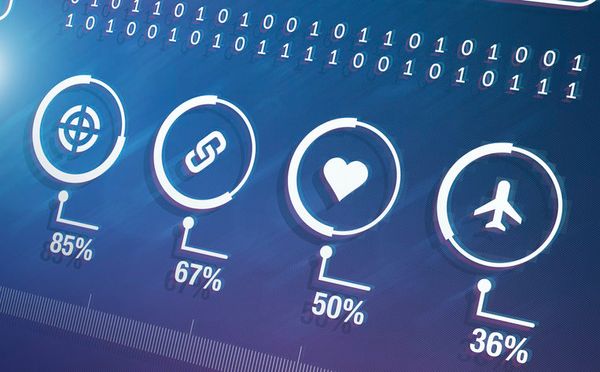Six in ten companies use biometrics for authentication, survey shows

User disregard for strong password practices is one reason why many businesses are turning to advanced authentication technologies to add an extra layer of security and improve trust among customers and business partners, a recent survey by PwC shows. Some 57 percent of the companies surveyed admitted using biometrics for authentication.
Such technologies not only make authentication easier for users, but also help bolster overall data security. In fact, 46% of organizations that employ advanced authentication say it has made online transactions more secure, according to this year”s survey results. Respondents also report that authentication technologies boost consumer confidence in their security and privacy capabilities, as well as enhance the customer experience and protect brand reputation.
More sectors are adopting multifactor authentication across a range of transactions.
Here is how it works: After entering a name and password, the user receives a text message on their mobile device that provides a code (the second factor) to complete authentication. Beyond multifaction, some businesses are developing and implementing more advanced on-premises technologies. This type authentication employs methods such as a pattern that a user must enter, an access card or fob or biometric information such as fingerprint or iris scans.
“As organizations implement new authentication technologies, they may need to rethink their approach to identity management in order to design solutions that build identity trust relationships and ensure ease of use for customers,” authors of the study recommend. “It”s also important to map authentication to the level of risk the access brings to the business.”
As HOT FOR SECURITY previously noted, some 42 percent of US adults said they trust governments to handle their biometric data. Organizations that consumers view as traditionally handling sensitive information, or those that serve important life functions such as hospitals and banks, are the most trusted, at 64 percent. A third of consumers are neutral on using these technologies due to a lack of understanding about the user experience, data security and overall value proposition. While fewer than half of US adults have used biometric technology, digital fingerprinting (29 percent) and voice recognition (13 percent) are the most widely used technologies.
Consumers also fear hackers could overcome biometric authentication methods ot log on to their accounts or that third parties could access biometric data if the device is lost.
tags
Author
Former business journalist, Razvan is passionate about supporting SMEs into building communities and exchanging knowledge on entrepreneurship.
View all postsRight now Top posts
How to Protect Your WhatsApp from Hackers and Scammers – 8 Key Settings and Best Practices
April 03, 2025
Outpacing Cyberthreats: Bitdefender Together with Scuderia Ferrari HP in 2025
March 12, 2025
Streamjacking Scams On YouTube Leverage CS2 Pro Player Championships to Defraud Gamers
February 20, 2025
How to Identify and Protect Yourself from Gaming Laptop Scams
February 11, 2025
FOLLOW US ON SOCIAL MEDIA
You might also like
Bookmarks








